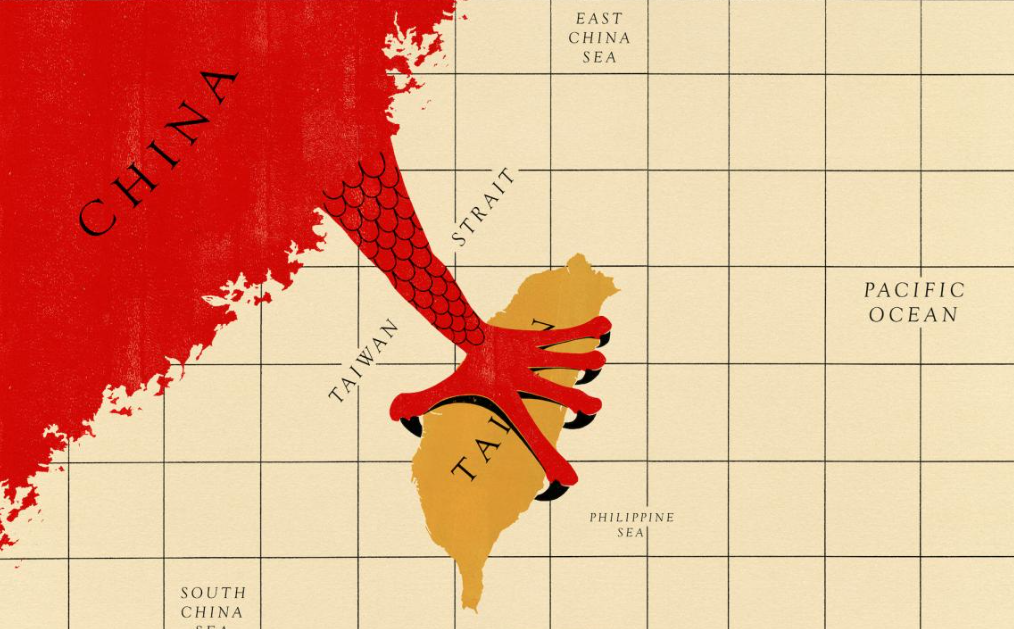The geopolitical landscape between China and Taiwan represents a critical nexus of modern strategic competition, characterized by the sophisticated implementation of Gray Zone warfare. This emerging strategic paradigm transcends traditional military confrontation, instead employing a nuanced approach that operates in the ambiguous space between peace and open conflict.
China’s engagement with Taiwan exemplifies this approach, utilizing a comprehensive toolkit of coercive methods that simultaneously target military, economic, technological, and psychological domains. The objective is multifaceted to incrementally weaken Taiwan’s international standing, erode its internal resilience, and create an environment conducive to potential reunification.
These tactics extend far beyond conventional warfare, incorporating sophisticated techniques such as:
- Underwater Cable Infrastructure Disruption: Chinese engineers have unveiled a groundbreaking deep-sea tool capable of severing underwater communication cables with unprecedented precision. Developed by the state-owned China Ship Scientific Research Centre, this compact device can operate at depths up to 4 kilometers double the range of existing subsea communication infrastructure. A recent past reported incident mentioned how China’s cargo vessel Hong Tai 58 allegedly damaged submarine communication cables.
- Coordinated Digital Influence Campaigns and Psychological Operations (PSYOPS): Through various platforms, China conducts psychological warfare to influence public opinion within Taiwan. This includes spreading propaganda about Taiwan’s supposed inability to defend itself or portraying Beijing as a benign actor. Taiwan’s government and military become the subject of constant criticism, often amplified by Chinese-backed social media influencers, trolling campaigns, and misinformation.
Images are taken from Liu Douyin ( Social Media Account) , where multiple posts shows her promoting Taiwan as “Taiwan province” and echoes China’s state narrative that Taiwan is “an inseparable part of China“
Recently, Chinese influencer Liu Zhenya was given until 25th March to leave the island or face deportation for promoting Beijing’s military takeover of Taiwan on social media, according to Taiwan’s National Immigration Agency (NIA). Two other Chinese individuals—one identified as Zhao Zhan, and the other by the nickname En Qi—have been ordered to leave by 31st March or face deportation for similar statements.
- Innovative Landing Barges: Satellite imagery has revealed China’s development of advanced self-propelled landing barges, dubbed the Shuiqiao (水桥) platforms. These innovative bridge-like vessels represent a quantum leap in amphibious invasion capabilities, allowing rapid deployment of military vehicles and supplies directly onto shorelines. Key features of these landing barges include:
- Capacity to dock multiple ships simultaneously
- Ability to create causeways up to 820 meters long
- Flexibility to bypass challenging beach terrain
- Potential to rapidly deploy up to 150 vehicles within 40-60 minutes Leveraging extensive naval barge systems for persistent maritime presence.
The economic reliance with significant influence over Taiwan’s critical supply chains and economic corridors has carefully targeted investments in key Taiwanese industries, designing economic incentive structures that preferentially benefit pro-reunification business entities, and developing selective economic policies that gradually increase Taiwan’s dependence on mainland markets. China aims to make Taiwan’s economic survival increasingly dependent on mainland cooperation and goodwill. This approach creates a subtle but powerful mechanism of potential coercion, where economic consequences can be leveraged as a strategic tool.
The technological domain represents another critical arena of strategic pressure. China has developed nuanced strategies designed to limit Taiwan’s technological sovereignty and international communication capabilities. These efforts extend beyond simple economic competition, involving systematic restrictions on Taiwan’s participation in global technological forums, targeted cyber intrusion campaigns, and the creation of bureaucratic and technological barriers.
Psychological Warfare and Identity Erosion Perhaps the most sophisticated aspect of China’s approach involves a long-term psychological warfare strategy aimed at gradually eroding Taiwanese national identity. This multifaceted approach goes beyond traditional propaganda, involving sustained campaigns that challenge Taiwan’s historical narrative, strategic educational and cultural influence operations, and targeted messaging designed to create internal social fragmentation. Strategically positioning Chinese cultural agents within local Taiwanese communities, the approach seeks to slowly erode traditional identities and reshape the ideological perspectives of younger generations.
These tactics collectively represent a comprehensive approach to strategic pressure that extends far beyond traditional military or diplomatic confrontation. The Gray Zone strategy represents a deliberate, calculated approach that challenges traditional international conflict models, requiring equally sophisticated and adaptive defensive strategies from Taiwan. By simultaneously targeting economic, technological, and psychological domains.

